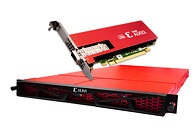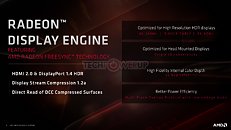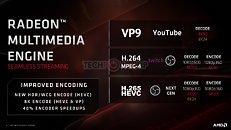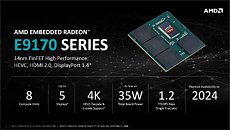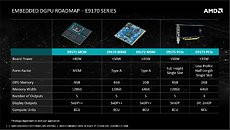
NVIDIA GeForce GTX 16-series NVENC Issues Fixed with Hotfix Driver
NVIDIA released a Hotfix driver update to fix certain issues with the NVENC hardware encoder of GeForce GTX 16-series "Turing" GPUs, such as the popular GTX 1660, and GTX 1650 Ti, etc. Apparently, applications utilizing the hardware acceleration provided by the GPU's NVENC unit would result in corrupted videos or spring up error messages. The Hotfix driver is based on GeForce 551.68, and is not WHQL-certified. NVIDIA may include fixes contained in the hotfix in one of its upcoming GeForce Game Ready or Studio main trunk drivers. GeForce GTX 16-series "Turing" GPUs feature an NVENC unit that can accelerate H.264 and H.265 encoding.DOWNLOAD: NVIDIA GeForce 551.68 Hotfix for GTX 16-series NVENC Issues







































